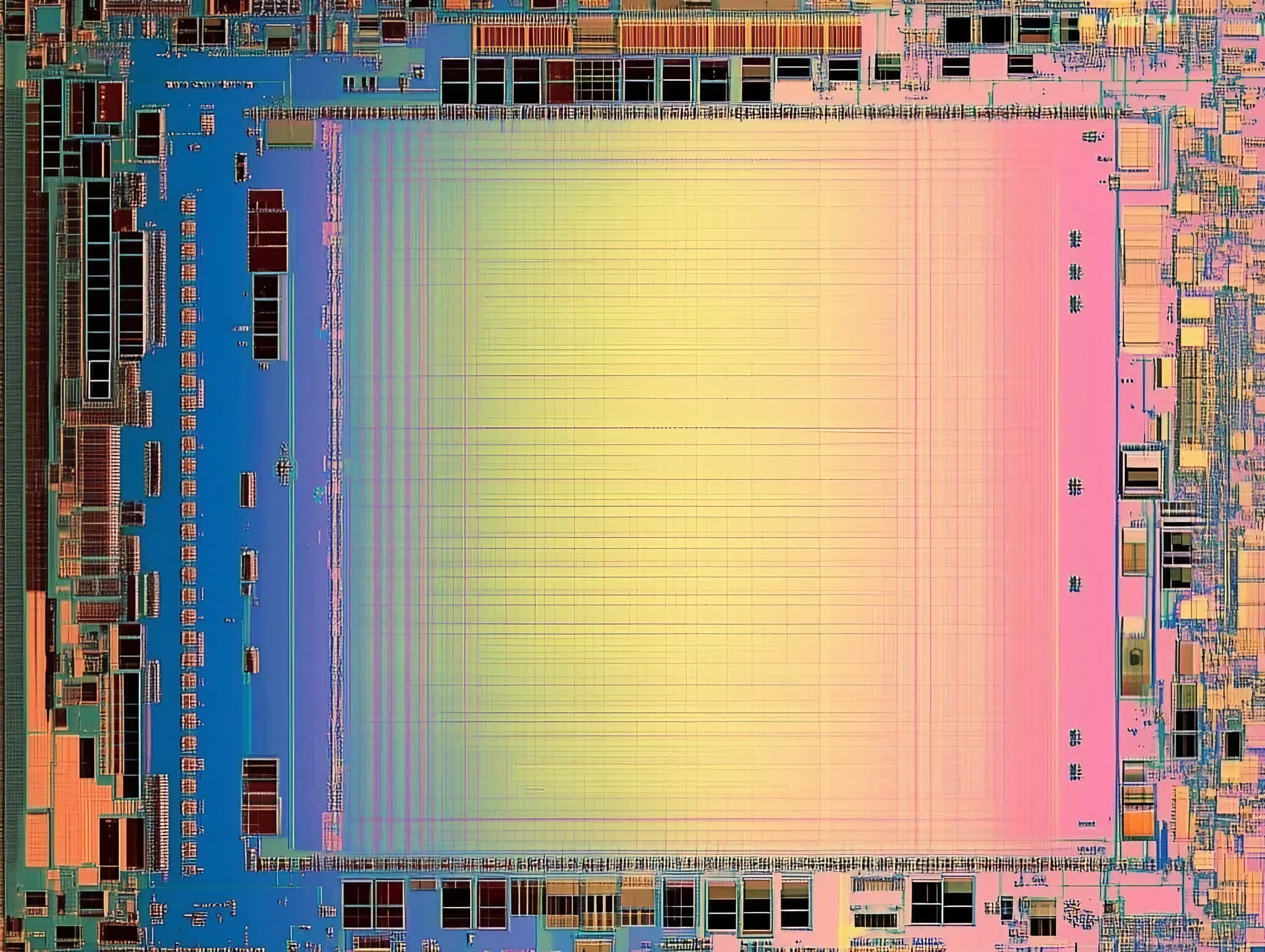Amid growing competition and skyrocketing compute requirements necessary to support the next generation of AI models, OpenAI is shaking up its corporate structure – again.
The ChatGPT creator on Thursday outlined its plan to establish a public benefit corporation (PBC), which it argued would clear the way for large-scale investment, hamstrung by its current organizational structure.
Under the new structure, OpenAI plans to convert its for-profit wing into a Delaware-based PBC, which will run and control OpenAI’s operations and business, while its non-profit arm will be responsible for hiring and directing charitable initiatives for healthcare, education, science, and other fields.
The shift reflects OpenAI’s ongoing transition away from its non-profit roots.
Since its founding in 2015 OpenAI’s status as a non-profit corporation has been rather fluid. “In those early days, we thought that progress relied on key ideas produced by top researchers and that supercomputing clusters were less important,” the ChatGPT maker explained in a blog post on Friday.
By 2019, it became clear that massive quantities of compute would be required to achieve OpenAI’s mission of advancing digital intelligence. “We would need far more compute, and therefore far more capital, than we could obtain with donations in order to pursue our mission.” And so in 2019, the AI model builder transitioned to an unorthodox structure, establishing a for-profit business controlled by the non-profit.
This approach aimed to drive profits to provide capped returns to investors and employees, with the remainder being funneled into the overarching non-profit. The change opened the door to massive shareholder investment including Microsoft’s $1 billion investment that same year.
In the five years since this structure was enacted, the AI space has exploded, with OpenAI now facing stiff competition from rival model builders like Anthropic, Meta, and Google.
“The hundreds of billions of dollars that major companies are now investing into AI development show what it will really take for OpenAI to continue pursuing the mission,” the blog post explained. “We once again need to raise more capital than we’d imagined. Investors want to back us, but at this scale of capital, need conventional equity and less structural bespokeness.”
In other words: OpenAI’s corporate structure has become inconvenient given the competitive landscape, and so once again, it’s altering the deal.
OpenAI’s latest structural shift, planned for 2025, will effectively see the for-profit wing take the reins of the AI giant’s operations and business. It’s not clear to what degree the non-profit portion of the outfit will have any meaningful control, though the blog post suggests that it would retain “significant interest in the existing for-profit,” taking the form of shares in the PBC at a valuation that will be “determined by independent financial advisors.”
Microsoft plans to supplement 365 Copilot products with non-OpenAI models
Microsoft is looking to diversify the AI models used to power its 365 Copilot products to include those not built by partner OpenAI.
Up to this point, Microsoft’s products have been powered by the generative AI partner OpenAI. However, citing sources familiar with the matter, Reuters reported this week, Redmond was looking to reduce its dependence on the GenAI poster child in a bid to cut costs.
Microsoft is no stranger to building its own models. The company’s Phi-series of models are now in their fourth iteration, with the latest – a 14 billion parameter model called Phi-4 – launched earlier this month.
Many of these models have employed highly permissive MIT licenses, making them ideal for fine tuning. Taking this into consideration, Microsoft may be gearing up to offer model customization services to 365 Copilot customers.
The Register has reached out to Microsoft for comment; we’ll let you know if we hear anything back.
The new corporate structure comes just months after OpenAI raised $6.6 billion in new funding, which drove its valuation to $157 billion. The funding is expected to further the development of more advanced models, including OpenAI’s o-series of models, which it says demonstrate “new reasoning capabilities.”
But while OpenAI makes the case this latest transition is imperative to the success of the firm going forward, not everyone is a fan of the move. OpenAI has faced ongoing criticism from Elon Musk, who initially funded the model builder before founding rival AI firm xAI. Musk has previously launched legal challenges to OpenAI’s structure, and earlier this month filed for an injunction against the AI firm to prevent it from morphing into an entirely for-profit business.
Bootnote:
Speaking of xAI, the Musk-backed startup raised $6 billion in a series-C funding round this week, which it says will support the expansion of its Colossus supercomputer.
The startup currently plans to expand the machine to 200,000 GPUs with ambitions to eventually grow it to a million accelerators. The machine will power the development of future Grok models as well as its Aurora image-gen models. ®





















Discussion about this post